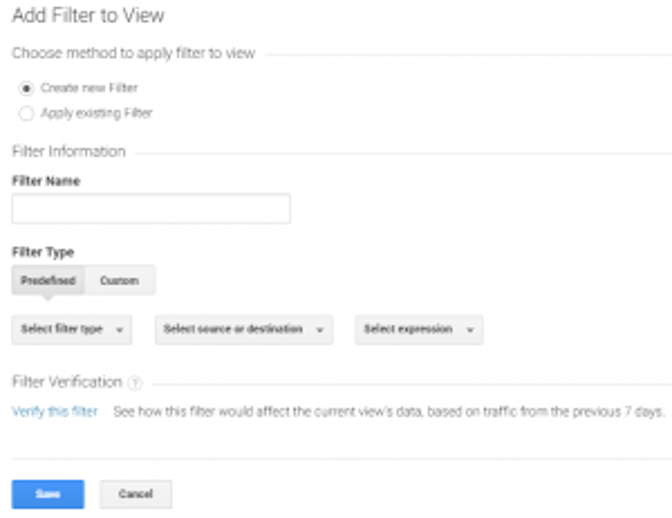ANALYTICS MONTH: Make the best data-driven solutions by choosing the best solutions
Data-driven decision making is paramount. For senior digital marketing professionals, selecting the right analytics solution provider is crucial for gaining valuable insights into audience behaviour, campaign performance, and overall business success. Here’s a guide to help you navigate the market and choose the ideal partner…
Define Your Analytics Needs
- Identify Key Metrics: Determine the specific data points you need to track, such as website traffic, user behaviour, conversion rates, and customer acquisition costs.
- Consider Integration: Evaluate the need for integration with existing marketing tools (e.g., CRM, email marketing platforms) for a holistic view of the customer journey.
- Scalability: Consider your organisation’s growth plans and select a solution that can adapt to increasing data volumes and complexity.
Prioritise Data Accuracy and Reliability
- Data Quality: Ensure the provider offers robust data collection and processing methods to guarantee data accuracy and reliability.
- Data Governance: Understand the provider’s data security and privacy practices to protect sensitive customer information.
- Data Validation: Look for solutions with built-in data validation and cleaning capabilities to minimize errors and inconsistencies.
Evaluate Features and Functionality
- Advanced Analytics: Seek solutions that offer advanced features like predictive analytics, machine learning, and AI-powered insights for uncovering hidden patterns and trends.
- Customisation Options: A flexible platform that can be tailored to your specific business needs and industry is essential.
- User-Friendly Interface: Choose a solution with a user-friendly interface that allows both technical and non-technical users to access and understand data effectively.
Build Strong Partnerships
- Vendor Reputation: Research the provider’s reputation, experience, and customer reviews to assess their reliability and expertise.
- Implementation Support: Evaluate the vendor’s ability to provide seamless implementation, training, and ongoing support.
- Data Ownership: Understand the terms of data ownership and access to ensure you retain control over your valuable insights.
Embrace the Future of Analytics
- Artificial Intelligence (AI) and Machine Learning: Look for solutions that leverage AI to automate data analysis,identify trends, and generate actionable insights.
- Customer Data Platform (CDP):: Consider integrating a CDP with your analytics solution for a unified view of customer data across channels.
- Privacy and Compliance: Stay updated on data privacy regulations (e.g., GDPR) and choose solutions that comply with these standards.
By following these guidelines, senior digital marketing professionals can make informed decisions when selecting analytics solution providers. A trusted partner can empower your organisation to make data-driven decisions, optimise marketing campaigns, and ultimately drive business growth.
Are you searching for Analytics solutions for your organisation? The Digital Marketing Solutions Summit can help!
Photo by Melanie Deziel on Unsplash












